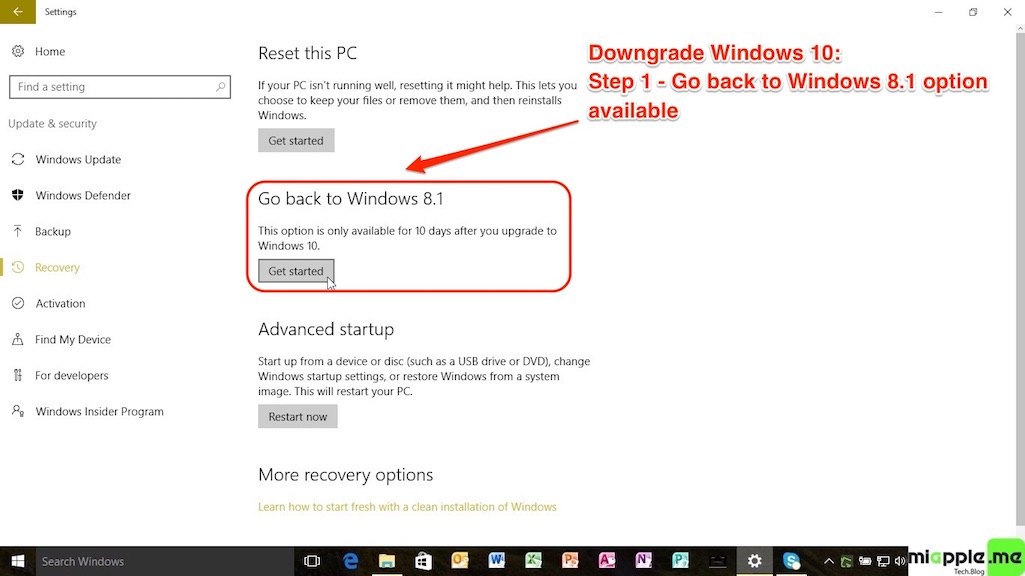


Insert the USB flash drive in your Windows 11 PC and disconnect any other nonessential USB devices then go to.Microsoft's Media Creation Tool will erase and format the drive, so make sure it doesn't contain any important files. To create bootable installation media, you'll need a USB flash drive with at least 8GB capacity. If you can't find a recovery image, you'll have to download and install Windows 10 manually. To find out whether this solution is available for your PC, see this article: "How to get a free Windows (or Linux) recovery image for your OEM PC."Īlso: Windows 11 setup: Which user account type should you choose?

Now, you can run the Media Creation Tool and you’ll be able to do a new install of your desired Windows 10 version.The ideal way to do a clean install is to download a Windows 10 recovery image made specifically for your PC model. Now, you have to navigate to HKEY_LOCAL_MACHINE\SOFTWARE\WOW6432Node\Microsoft\Windows NT\CurrentVersion and make the same changes you made above by repeating the steps to ensure values here are the same. Change ProductName to Windows 10 Home Edition.Change the CompositionEditionId to Core.Navigate to the path HKEY_LOCAL_MACHINE\SOFTWARE\Microsoft\Windows NT\CurrentVersion.Open up regedit, go to the start menu and type regedit and hit enter.This is where the settings for Windows live and messing them up can result in unintended issues. Obligatory disclaimer: Follow these steps closely and back up your registry. The following steps worked on my machine and should work on yours as well. In my situation, attempting to run the Media Creation Tool resulted in some error about not being able to upgrade (even though I was trying to do a fresh install). If you want to downgrade from within Windows using the Media Creation Tool and not have to create a USB key, this is what you will have to do. Long story short, I needed to downgrade from Windows 10 Pro to Windows 10 Home and as I discovered, it’s a bit of a tricky situation that requires editing the registry.


 0 kommentar(er)
0 kommentar(er)
